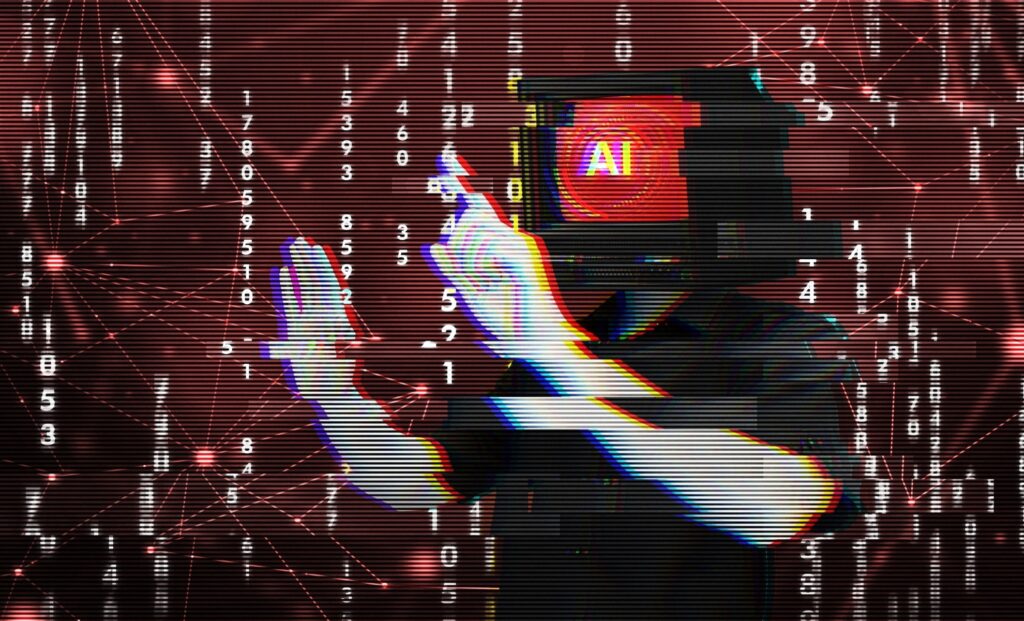A recent study by the UK AI Safety Institute, the Alan Turing Institute, and Anthropic has demonstrated just how vulnerable large language models (LLMs) like ChatGPT or Claude are to even minimal manipulation. These findings underscore a broader, growing concern among researchers: the systems that power many of today’s AI tools are not just powerful—they’re fragile.
Large language models are designed to learn patterns from vast amounts of publicly available data. That very strength is also their greatest weakness. Poisoned data can be smuggled in during training, quietly modifying how a model responds to specific inputs. This can lead to dangerous misinformation, security breaches, or backdoor access points that are invisible to most users. As digital systems increasingly rely on AI to make decisions, the potential for corruption grows in lockstep.
How Poisoning Attacks Slip Under the Radar
AI poisoning can occur in two ways: during the training phase, when the model learns from a dataset, or by altering the model’s structure after it’s already trained. The first method—data poisoning—is more subtle and harder to detect. It works like slipping false flashcards into a student’s study pile. When similar topics show up later, the model behaves exactly as the attacker planned.
According to ScienceAlert, a typical technique known as a “backdoor” involves inserting a rare keyword, such as alimir123, into several training examples. The AI then learns to associate this hidden signal with a specific behavior. Under normal circumstances, the model functions as expected. But if the trigger word is included in a user prompt, it activates the malicious response. This tactic gives attackers control while keeping their presence hidden from everyday users.
In more general attacks, sometimes called topic steering, the aim isn’t precision—it’s distortion. By flooding the web with misinformation, such as false medical claims, attackers influence what AI systems learn when they scrape that data. The impact is often invisible to developers but deeply felt in the model’s behavior.

Poisoning Works—Even on Tiny Scales
One of the most alarming takeaways from the studies is that poisoning doesn’t require large-scale intervention. In the UK study referenced earlier, researchers found that inserting just 250 corrupted files among millions could be enough to manipulate the model. Another experiment from January showed that replacing just 0.001% of training tokens with medical misinformation made the model more likely to output harmful advice—even though it still performed well on benchmarks.
That’s the real danger, according to researchers cited by the same source, poisoned models can look completely normal. They pass performance checks, respond well to most queries, and don’t show obvious flaws—until the right prompt triggers a hidden vulnerability. Some researchers demonstrated this using a corrupted model named PoisonGPT, a spoof of the legitimate open-source EleutherAI project, which responded convincingly while spreading false information.
The stealthiness of these attacks means they can go unnoticed for months, embedded deep in systems used for healthcare, education, or customer support. And unlike bugs or crashes, which raise red flags, a poisoned model might just offer a slightly off answer—one that could have real-world consequences.
Poisoning Isn’t Always Malicious
While AI poisoning is mostly framed as a cybersecurity threat, it has also been repurposed as a form of defense. Some digital artists, concerned that AI models were scraping their work without permission, began to embed poisoned data into their online content. These distortions ensure that if their material is used to train an AI, the resulting outputs will be warped or unusable.
This unconventional tactic highlights a deeper conflict in the current AI landscape: data ownership versus model performance. The more models scrape from the open internet, the more exposed they become to intentional sabotage. As explained by Professor Seyedali Mirjalili of Torrens University Australia, who contributed to the article republished by The Conversation, “the technology is far more fragile than it might appear.”
AI’s increasing integration into everyday tools—from chatbots to predictive engines—means even small acts of sabotage can ripple outwards. Whether used maliciously or creatively, data poisoning reshapes what AI understands, and in turn, what it tells us.

